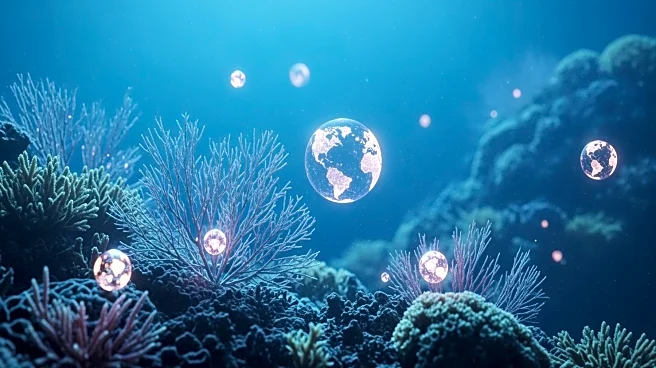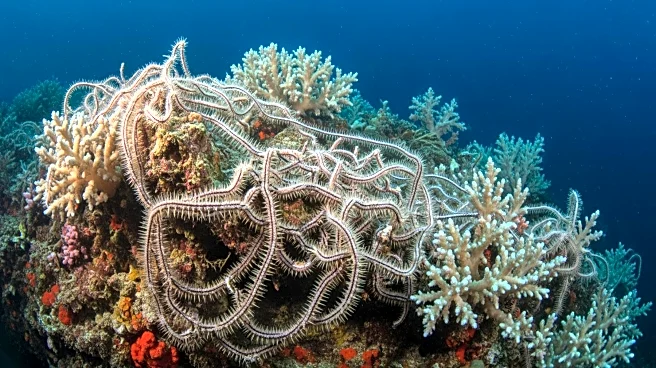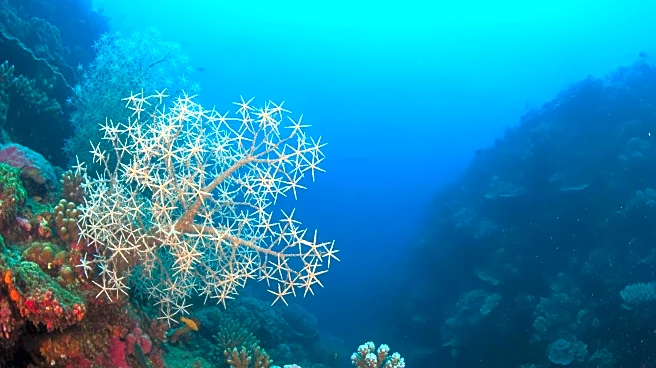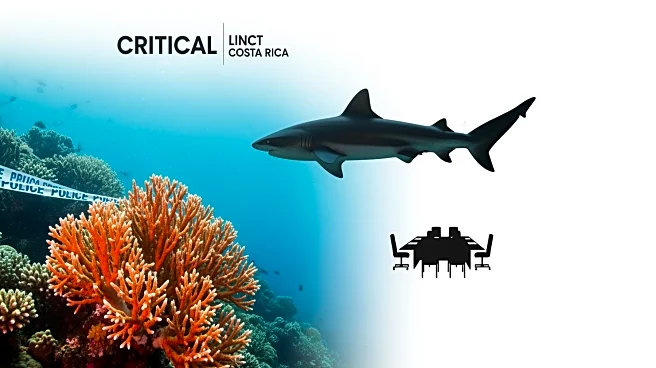What's Happening?
Researchers have identified 14 new marine invertebrate species and two new genera from ocean depths exceeding 6,000 meters, as part of the Ocean Species Discoveries initiative. This project, coordinated
by the Senckenberg Ocean Species Alliance, aims to streamline the documentation of marine species, addressing the delay between discovery and official documentation. The findings, published in the Biodiversity Data Journal, include a variety of worms, mollusks, and crustaceans. Notable discoveries include Veleropilina gretchenae, a mollusk from the Aleutian Trench, and Myonera aleutiana, a carnivorous bivalve documented through non-invasive micro-CT scanning. These efforts are supported by advanced techniques such as molecular barcoding and micro-CT scanning, enabling detailed species descriptions.
Why It's Important?
The discovery of these new species underscores the vast, largely unexplored biodiversity of Earth's oceans. By accelerating the documentation process, scientists can better understand marine ecosystems and potentially protect species facing extinction due to human-driven biodiversity loss. This initiative not only enhances scientific knowledge but also emphasizes the importance of global collaboration in marine research. The findings could influence conservation strategies and policies aimed at preserving marine life, highlighting the critical need for continued exploration and study of oceanic environments.
What's Next?
The Ocean Species Discoveries initiative will likely continue to uncover new marine species, contributing to a more comprehensive understanding of ocean biodiversity. Future research may focus on the ecological roles of these newly discovered species and their interactions within marine ecosystems. The project could also inspire similar initiatives aimed at documenting terrestrial and freshwater biodiversity, further advancing global conservation efforts.
Beyond the Headlines
The project highlights the ethical responsibility of the scientific community to document and protect biodiversity before it is lost. The use of non-invasive techniques like micro-CT scanning sets a precedent for future research, minimizing harm to specimens while maximizing data collection. This approach could revolutionize taxonomy, making it more efficient and accessible, and fostering a deeper appreciation for the complexity and interconnectedness of life on Earth.











